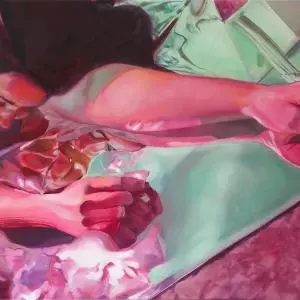
Hypersomnolence
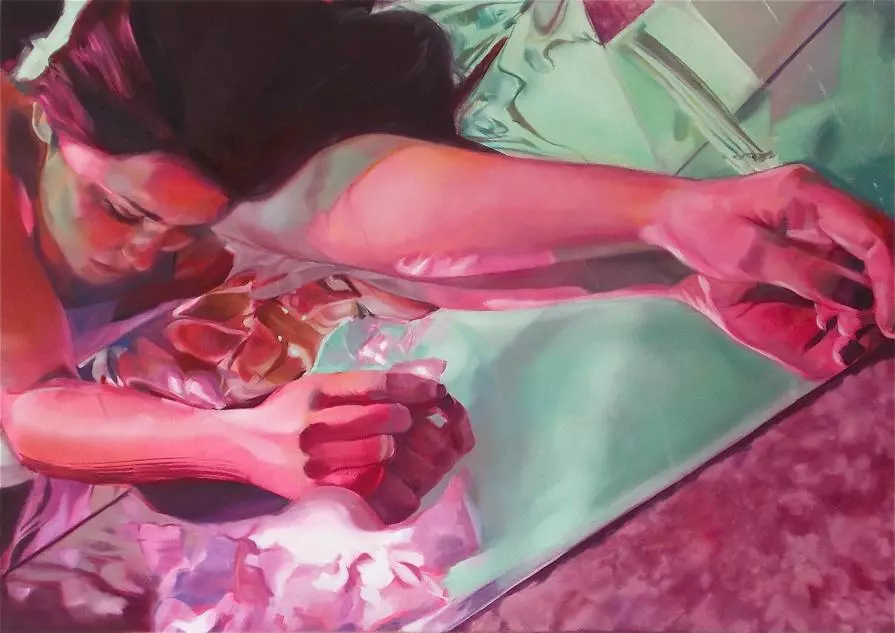
Hypersomnolence is named after the sleeping disorder in which the sufferer experiences recurrent episodes of sleepiness. Paralyzed by the affliction, the figure is stuck somewhere between reality and dream. The toxic color palette is beautiful and vile, and blankets the figure in a supernatural light. The spectator is seduced by a jarring composition and bold use of color. The arm is stretched into an extreme and almost grotesque position, echoing the deformed figures of El Greco and Rodin; the strokes and color emulates that of de Kooning and Bacon. All the while, the anesthetized character is trapped within the boundaries of the canvas, alienated from waking life.

Doubling
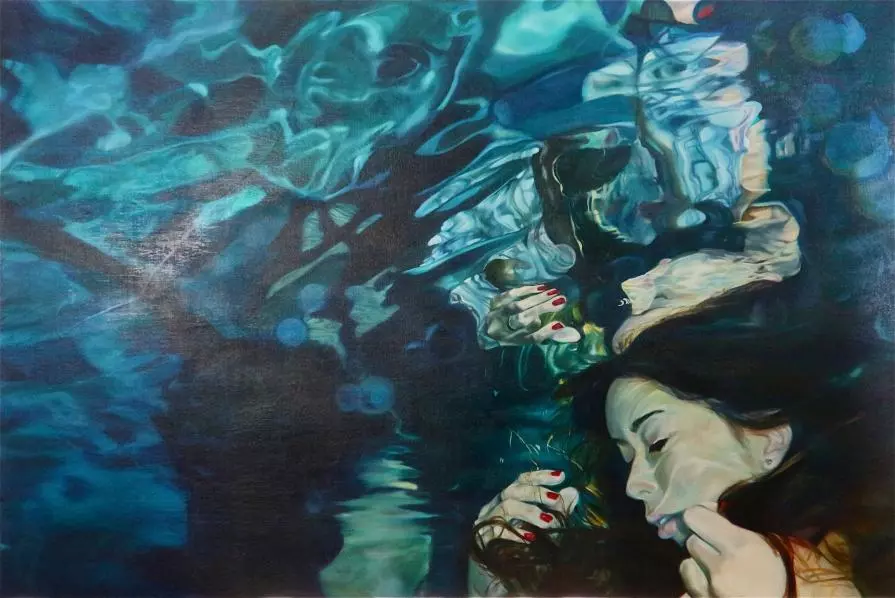
Doubling acts as a visual biography of self-identity. The image is derived from a past performance which documents my sister submerged in our childhood community pool. Inspired by the ethereal quality of Bill Viola’s video art and John Everett Millais’ painting Ophelia, the large-scale oil painting portrays idioms of youth that melt away in the doubled image. Mirrors help children develop a sense of self-identity and through mirrors, people recognize and recreate themselves. There is an intimate vulnerability in the act of looking at one’s own reflection because the mirror is key in the construction of ego. Through the doubling of the body there is a doubling of identity and reality; the reflected image appears in a different time. The painting explores Jacques Lacan’s philosophy on mirrors in the composition, documented performance, and illusion of reality in the painting as a two-dimensional object.
 Share / Save
Share / Save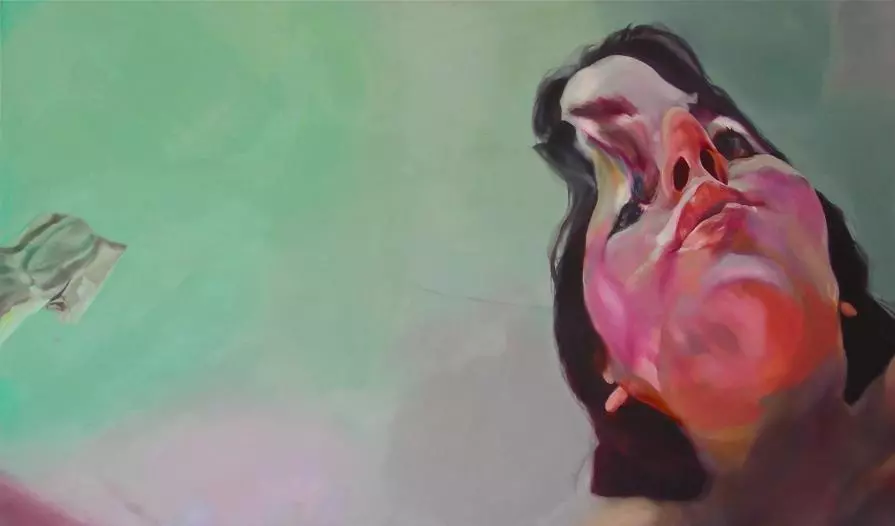

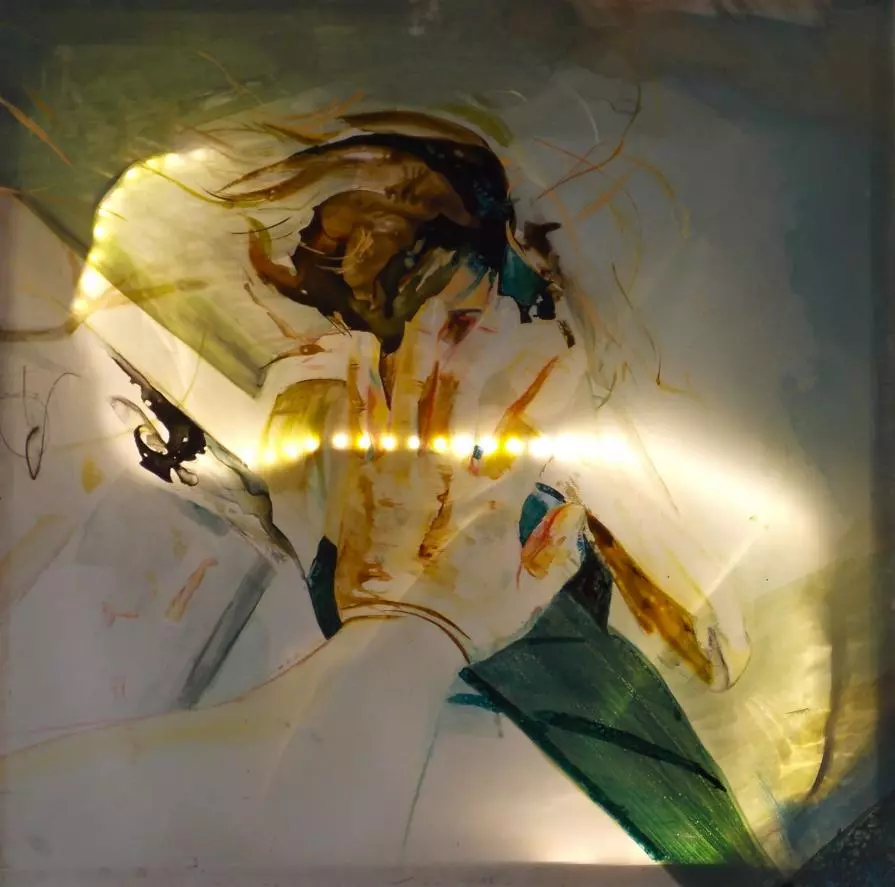

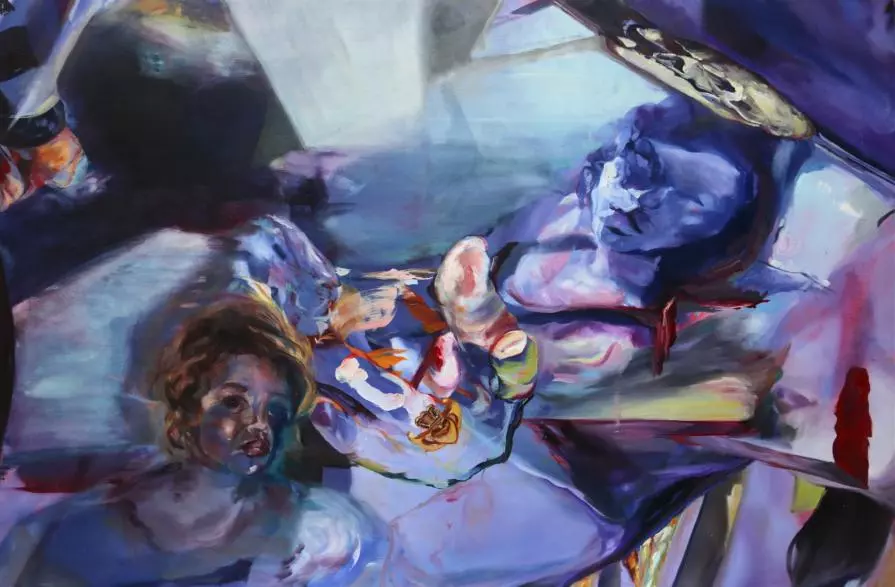















Comments 0
Say something